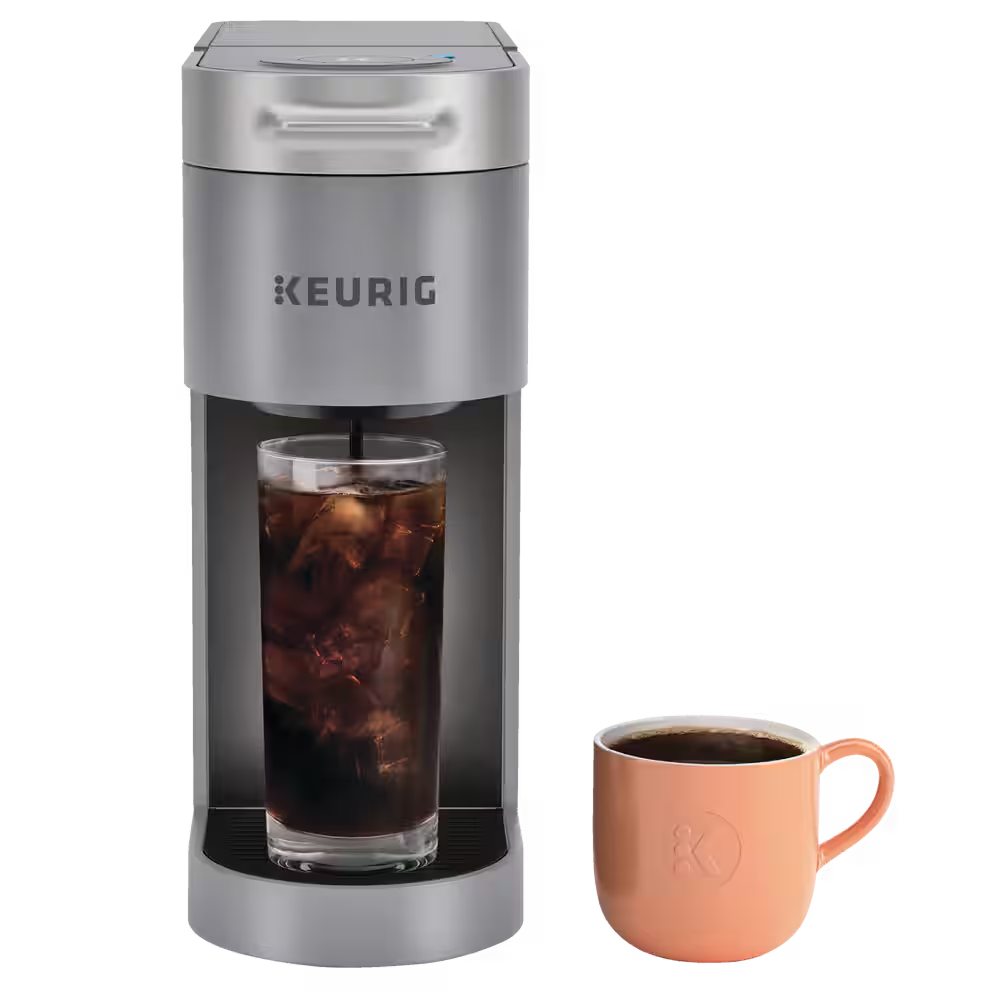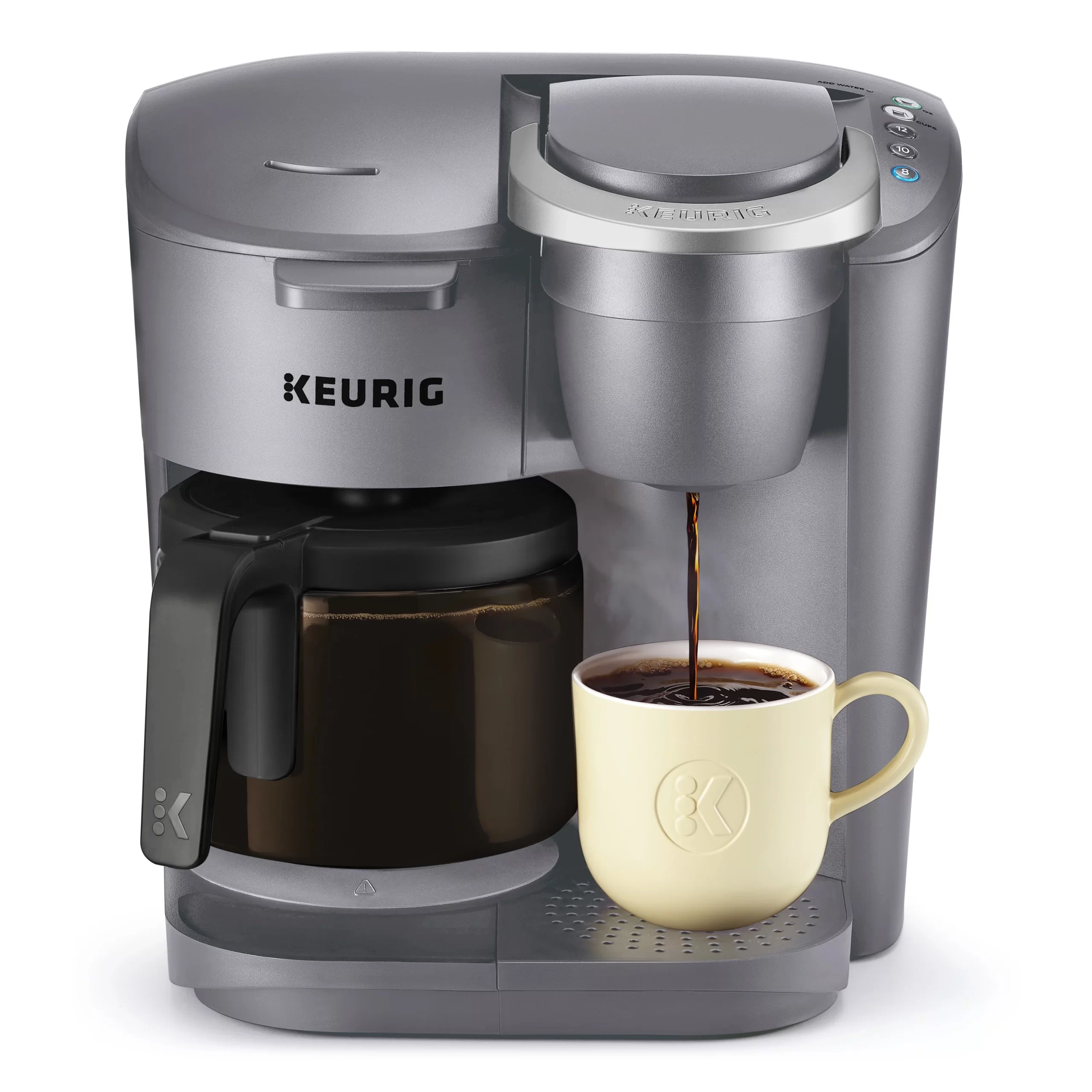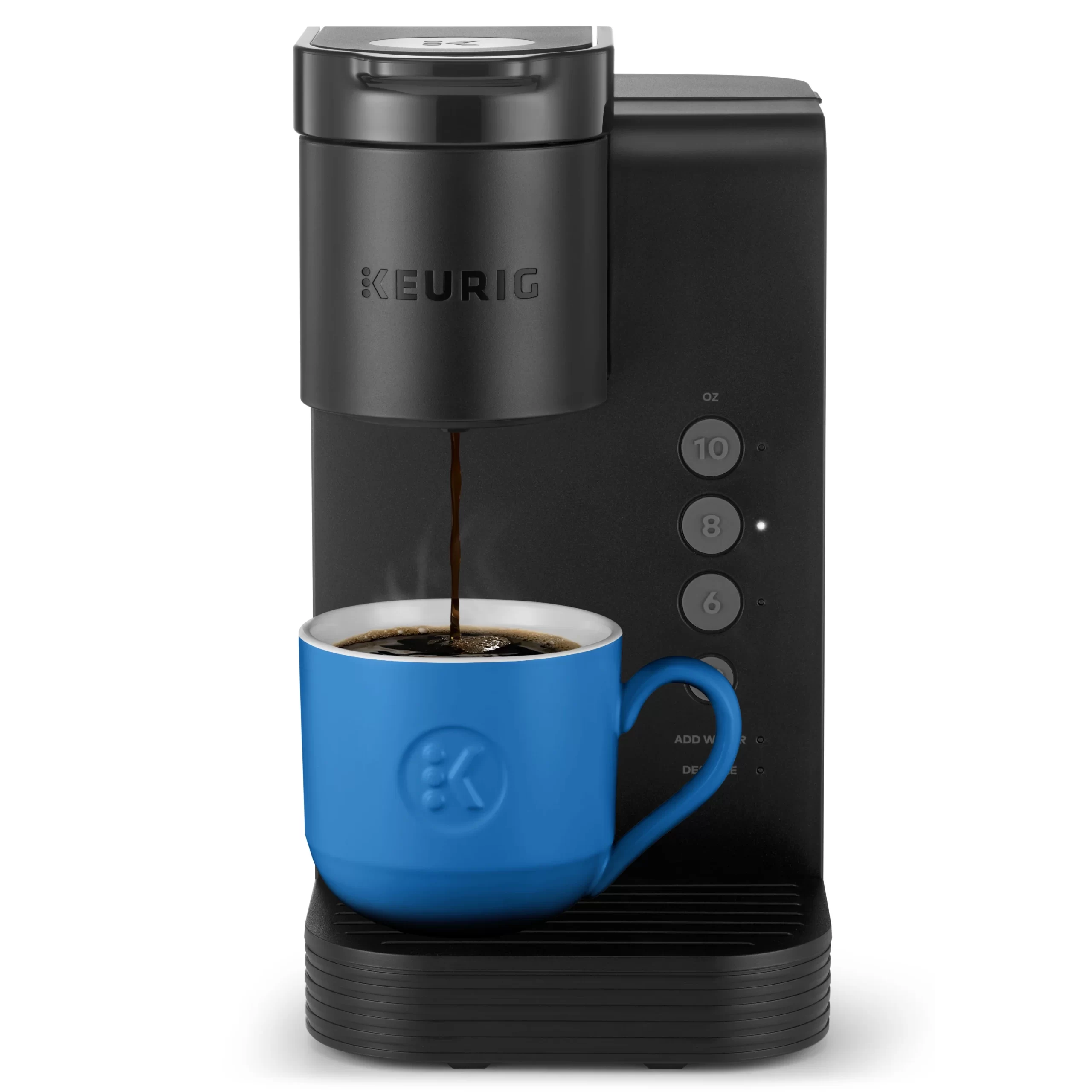
Identifying the Signs of a Clogged Keurig
Identifying a clogged Keurig is key to ensuring your coffee maker continues to function efficiently. A clogged Keurig can brew coffee much slower than usual, a clear sign you might have a blockage. Another indication of a clogged brewing system is if coffee comes out only in drips rather than a steady stream. Sometimes, you may hear unusual noises during the brewing process, which can suggest an obstruction within the machine. One of the more obvious signs is a weakened flavor or temperature of your coffee, as clogs can prevent the water from adequately saturating the coffee grounds. Additionally, if your Keurig begins to leak or spew coffee grounds, it’s likely that a buildup has caused a pressure imbalance or blockage. In some cases, your machine may even stop functioning entirely, refusing to brew even when there are no visible Keurig clogs. Regular maintenance is crucial to avoid reaching this stage. Minimize the chances of a clogged Keurig by cleaning after each use and descaling regularly. Paying attention to these signs can save you from the inconvenience of a non-functional coffee maker.

Daily Cleaning Routine for a Smooth-Running Keurig
Maintaining a clean Keurig ensures your coffee tastes great and your machine lasts. Establish a simple daily routine to keep your Keurig in top condition. Here’s what to do:
- Wipe the exterior daily.Use a damp cloth to clean the machine’s surface. This prevents dust and spills from sticking.
- Empty the drip tray regularly.Wash it with soapy water to avoid bacterial growth and unpleasant odors.
- Check the K-Cup holder.Remove the K-Cup holder and check for leftover grounds daily. Rinse it under warm water to clear out residue.
- Refresh the reservoir.Empty the water reservoir each day and refill it with fresh water. This limits mineral buildup.
- Inspect the needles.Use a paper clip to remove any debris from the exit and entrance needles gently.
- Air out the machine.Leave the Keurig lid open for a while after use to let it dry out.
Following these steps can prevent a keurig clogged scenario. Remember to use the right descaling solution when needed. This can reduce the frequency of deep cleanings.
Step-by-Step Guide to Unclogging Your Keurig
If your Keurig is acting up, it might be clogged. Here’s a clear, easy-to-follow guide to get your Keurig running smoothly again:
- Unplug and Disassemble: Safety first – unplug your Keurig. Remove the water reservoir, drip tray, and K-Cup holder.
- Clean the K-Cup Holder: Take out the K-Cup holder. Rinse it under warm water. Use a toothbrush to scrub off coffee grinds.
- Clear the Needles: Unclog the needles with a paper clip. Poke gently to remove any debris that’s stuck.
- Wash Removable Parts: Clean all the detached parts with soapy water. Rinse them well.
- Reassemble and Plug In: Once everything is dry, put your Keurig back together. Plug it in for the next steps.
- Run a Water Cycle: Without a K-Cup, run a water-only brew cycle several times. This flushes out any remaining clogs.
- Inspect Your Keurig: Check if coffee flows smoothly. If it’s still slow or clogged, repeat the water cycle.
By following these steps, you can usually fix a keurig clogged issue. Remember, regular maintenance can prevent clogs from happening in the future.
Descaling Your Keurig to Prevent Future Clogs
Descaling your Keurig is key to preventing future clogs and ensuring your coffee tastes great. Over time, minerals from water can build up in your coffee maker, leading to clogs and affecting performance. Here’s how to properly descale your Keurig:
- Gather Your Materials: You need white vinegar or a Keurig descaling solution, and fresh water.
- Prepare the Coffee Maker: Start by emptying the water reservoir. If there’s a water filter, take it out.
- Add Descaling Solution: Fill the reservoir with the descaling solution, or a 50/50 mix of white vinegar and water. Fill it to the max fill line.
- Run the Descaling Cycle: Position a large mug to catch the output. Run a brew cycle without inserting a K-Cup. Repeat until the reservoir is empty. This helps remove scale and mineral build-up.
- Rinse Thoroughly: Refill the reservoir with fresh water only. Run several cycles to rinse any residual descaling solution or vinegar from the system.
- Wipe the Exterior: With a damp cloth, wipe down the machine. This helps to maintain its clean and functional exterior.
Performing these steps every 3 to 6 months will keep your Keurig running smoothly. Regular descaling can prevent a range of issues from clogs to suboptimal coffee temperatures.
 Using Vinegar as a Natural Descale Solution
Using Vinegar as a Natural Descale Solution
For a natural way to descale your Keurig, white vinegar is effective and easy to use. Here’s a simple method to follow:
- Mix Vinegar and Water: Combine equal parts white vinegar and water. This creates your descaling solution.
- Empty the Reservoir: Pour out any remaining water from your Keurig’s reservoir.
- Fill with Solution: Add the vinegar mixture to the reservoir up to the max fill line.
- Run the Brew Cycle: Place a mug to catch the fluid. Run a brew cycle without a K-Cup.
- Repeat the Process: Continue until you’ve used all the vinegar solution. This breaks down calcium deposits.
- Rinse with Water: Fill the reservoir with fresh water. Run several brew cycles to clean out vinegar residue.
- Wipe Down Keurig: Clean the machine’s exterior with a damp cloth to remove any splashes.
Using vinegar as a descaling agent is safe, natural, and cost-effective. It gently removes buildup to prevent future keurig clogged situations. Incorporate this into your regular maintenance every few months for best results. Just remember to rinse thoroughly to avoid a vinegar aftertaste in your coffee.
When to Use Keurig’s Rinse Pods for Maintenance
Keurig’s Rinse Pods are a convenient solution for maintaining your coffee maker’s performance. They help in eliminating flavor carry-over, ensuring that each cup of coffee tastes fresh. Here’s when to use Rinse Pods for the best results:
- After Brewing Flavored Coffee: To prevent the next cup from having a lingering taste, use a Rinse Pod immediately.
- Once Every Week: As part of your routine maintenance, insert a Rinse Pod to clean the brew chamber.
- Before Descaling: Use a Rinse Pod to remove any loose coffee grounds or residue for more effective descaling.
- When Switching Beverage Types: If you’re transitioning from coffee to tea or hot cocoa, a Rinse Pod will prevent cross-contamination of flavors.
- After Several Uses: If you frequently use your Keurig, a Rinse Pod can help keep it clean without thorough disassembly.
Remember to always follow up the use of a Rinse Pod with at least one cycle of plain water. This ensures that no cleaning agent remains in your Keurig. These simple steps can prevent a clogged system, thus maintaining your Keurig for optimal use.
Replacing Parts: How to Know When It’s Necessary
Even a well-maintained Keurig can face issues requiring part replacements. Knowing when to replace parts is crucial for preventing a Keurig clogged scenario and ensuring optimal performance. Here are some indicators:
- Frequent Clogs Despite Regular Maintenance: If clogs persist even after regular cleaning and descaling, it may be time to replace parts like the K-Cup holder or needles.
- Slow Brew Time: A noticeable decrease in the speed of coffee dispensing often signals that certain components, especially the water pump, need replacing.
- Poor Coffee Flavor: When cleaning doesn’t restore the coffee taste, consider checking the water filter or the needle for replacement.
- Visible Wear and Tear: Any visible cracks or damages in the water reservoir, K-Cup holder, or other parts can compromise the functionality and should be promptly replaced.
- Leakage: Unusual leaks around your Keurig might indicate worn-out seals or mechanical failures in the water reservoir.
By keeping an eye on these signs, you can replace necessary parts before your Keurig suffers more serious issues or a complete breakdown.
 Keurig Care: Tips for Long-Term Maintenance
Keurig Care: Tips for Long-Term Maintenance
Maintaining your Keurig not only ensures great tasting coffee but also extends its lifespan. Here are some essential long-term maintenance tips:
- Regular Descaling: Descaling removes mineral deposits that can clog your Keurig. Use a descaling solution or a mix of white vinegar and water every 3 to 6 months.
- Change Water Filters Regularly: If your Keurig has a water filter, change it every two months. This prevents impurities from affecting the coffee taste and machine performance.
- Clean Removable Parts Weekly: Wash the water reservoir, drip tray, and K-Cup holder weekly. Use soapy water and rinse well.
- Check for Wear and Tear: Regularly inspect your Keurig for any visible damage or wear. Replace any worn-out parts immediately to prevent further issues.
- Use Keurig’s Rinse Pods: Utilize Keurig’s Rinse Pods occasionally to clean the brewing system. This is especially important if you often switch between different beverage types.
- Keep the Area Dry: After each use, leave the lid open to air dry the interior. This prevents mold and bacteria growth.
By following these tips, you can keep your Keurig running efficiently and ensure each cup of coffee is as delicious as the last.